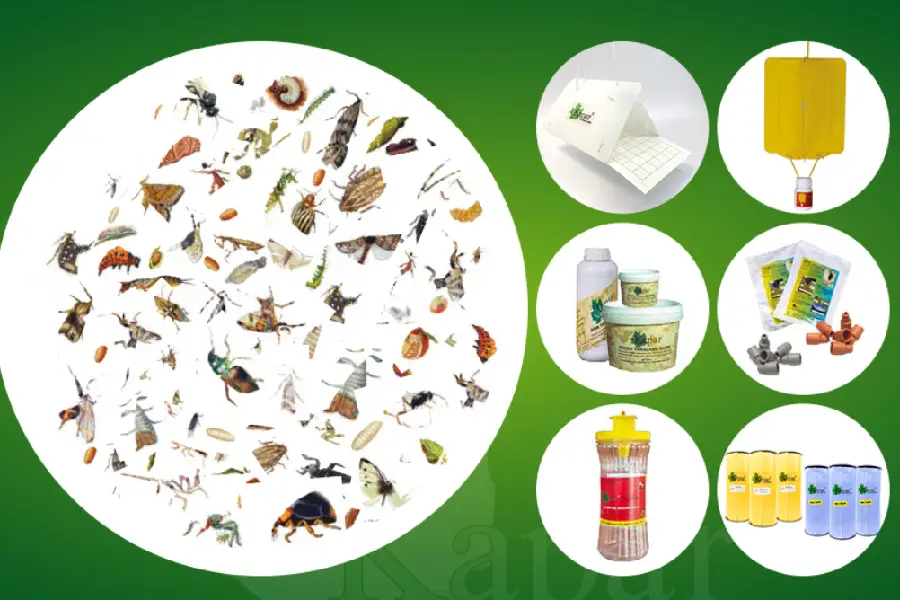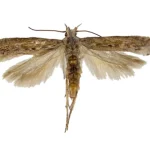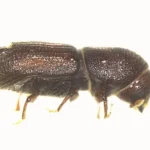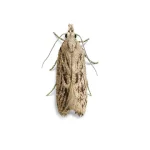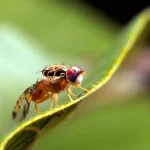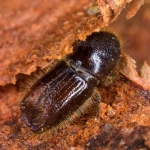Biotechnical control is a method used in agricultural areas to eliminate pests such as insects and moths that damage crops. This method is highly favored by farmers due to its success, ease of use, and cost-effectiveness.
The most crucial tool in biotechnical control is pheromone traps. These traps target only the harmful organisms, ensuring that beneficial or non-damaging creatures are preserved. In this article, we will delve into the details of “what biotechnical control is and what its methods are.”
What is Biotechnical Control?
Biotechnical control refers to methods that disrupt the biological and physiological behaviors of pests, such as sheltering, feeding, and mating, to eliminate them. This method has several advantages for farmers. The most significant advantage is its ability to target specific pests without affecting beneficial or neutral organisms. The continued presence of non-target organisms enhances crop quality.
Another advantage is that it doesn’t require complex and expensive machinery. This method can be easily applied by all producers, and its effectiveness lasts for a long time.
Some of the main advantages of biotechnical control methods include:
- High success rate and long-term usability
- Eco-friendly and environmentally sustainable
- An effective method in organic farming
- High compatibility with integrated pest management strategies
- No residue left after application
- Free of chemicals that pose health risks to humans
- Easy application without the need for complex machinery
- Reusability
- Easy to store and transport
- Easy to measure success in trap systems
The lifespan of pheromone emitters in trap systems eventually ends. However, the remaining components of the trap can be reused by adding new pheromones, providing significant advantages to producers in pest control. Perhaps the most important benefit is that these methods do not leave any residue that could negatively impact plant health.
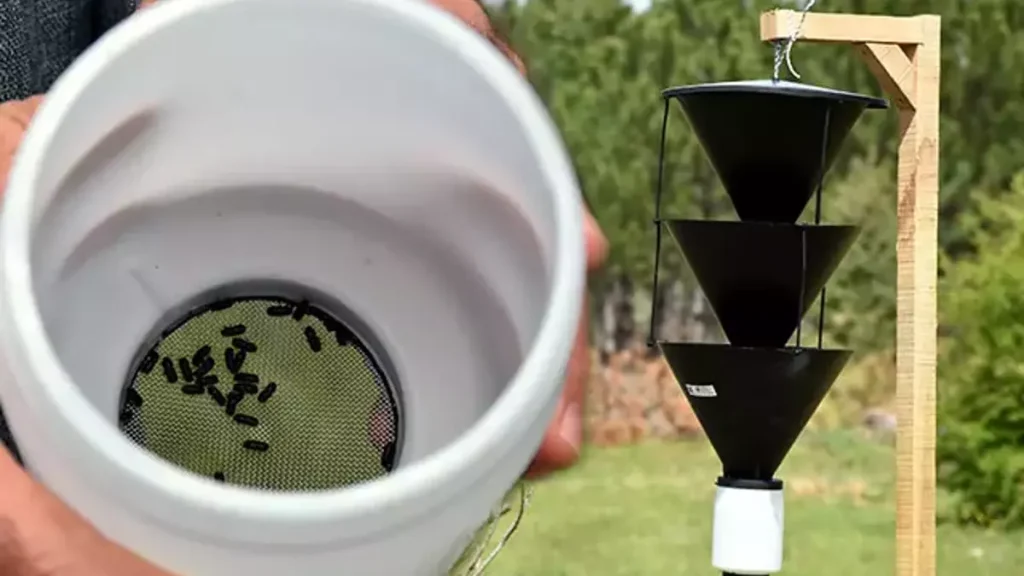
What are the Methods of Biotechnical Control?
Pheromone traps are the most commonly used method in this type of control. Funnel-type pheromone traps, water traps, delta traps, and Scandinavian-type traps are among the preferred options. Additionally, sticky traps can offer significant advantages depending on the pest.
In these methods, the scent released by female insects to attract mates is mimicked. Each insect has a unique scent, so beneficial or harmless insects are not caught in the traps. For instance, the scent for Mediterranean fruit flies will not attract ladybugs, which are highly beneficial to producers.
The use of pheromone traps in agricultural pest control is relatively new. The synthesis of species-specific pheromones can lead to different production methods, sometimes involving pheromones impregnated in certain quantities by emitters or in capsule form.
Using pheromones in pest control generally involves three methods: monitoring, mating disruption, and mass trapping.
During the monitoring phase, producers track the population of potential harmful insects in the area. The number of adult insects caught in the traps is regularly observed, allowing the intensity of control methods to be adjusted accordingly.
The second method is mating disruption. In this phase, pheromones specific to the species are placed in traps in pre-determined areas. This disrupts the mating process of harmful organisms, slowing or even stopping reproduction.
The final method is mass trapping. The goal of mass trapping is to reduce the number of pests by placing attractive traps in agricultural areas at specific densities.
Biotechnical control tools provide producers with successful, low-cost methods that do not leave residues in the soil or crops. Compared to chemical treatments, these methods offer many advantages. By reviewing Kapar Organic’s pheromone traps, sticky traps, roll traps, and environmental health products, you can choose the most appropriate method to combat organisms that may harm your crops.

